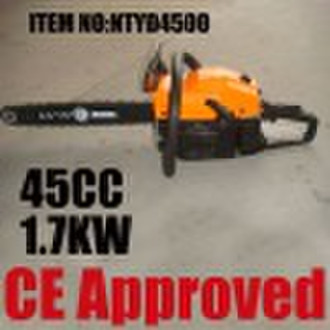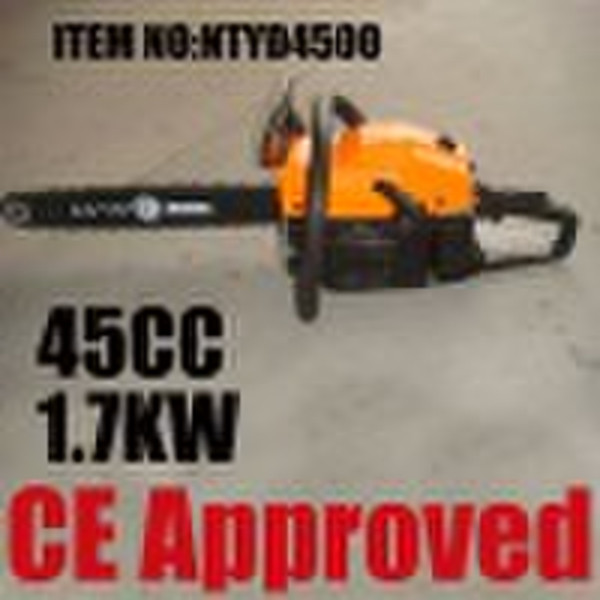Catalog
-
Catalog
- Agriculture
- Apparel
- Automobiles & Motorcycles
- Beauty & Personal Care
- Business Services
- Chemicals
- Construction & Real Estate
- Consumer Electronics
- Electrical Equipment & Supplies
- Electronic Components & Supplies
- Energy
- Environment
- Excess Inventory
- Fashion Accessories
- Food & Beverage
- Furniture
- Gifts & Crafts
- Hardware
- Health & Medical
- Home & Garden
- Home Appliances
- Lights & Lighting
- Luggage, Bags & Cases
- Machinery, Hardware & Tools
- Measurement & Analysis Instruments
- Mechanical Parts & Fabrication Services
- Minerals & Metallurgy
- Office & School Supplies
- Packaging & Printing
- Rubber & Plastics
- Security & Protection
- Service Equipment
- Shoes & Accessories
- Sports & Entertainment
- Telecommunications
- Textiles & Leather Products
- Timepieces, Jewelry, Eyewear
- Tools
- Toys & Hobbies
- Transportation
Filters
Search
Gasoline chain saw
original price: 34,00 USD
China

Selina wang
Contact person
Basic Information
| Place of Origin | Zhejiang China (Mainland) |
|---|---|
| Brand Name | NANTIAN |
| Model Number | NTYD4500 |
| Power Type | Petrol / Gas |
Engine type: 1-Cylinder 2-stoke Air-coolingEngine power:1.7kw/7000r/minDisplacement:45ccCarburetor:pump-film typeGasoline/2-cycle oil minxing ratio:25:1Idling speed:2900-3100r/minFuel tank capacity:550mlEngine oil tanks capacity:260mlG.W/N.W:8/7Carrying type:hand hold Chain saw What is the advantage of petrol chain saw(By google) Gasoline powered chainsaws have much more power by far than an electric chainsaw. Generally, gas powered chainsaws are good for working in remote areas where access to an electrical outlet is difficult. Gas saws work well for cutting large amounts of wood or for clearing large trees from your property. Electric chainsaws are often better for lightweight cutting needs, like removing branches and small trees that may be blocking a driveway after a winter storm. How to choose a chain saw Chainsaws have come a long way from the gigantic two-person machines that required two professional loggers to handle, all the way to the much smaller, lighter and convenient home tools they are now. While a chainsaw still isn't a tool that everyone wants or needs, if you have tree limbs to cut down, old trees to remove or just need to cut logs into fireplace-sized pieces, they can be a Godsend. Chainsaws are available in a wide range of sizes and with all kinds of options, so here are some insights to help you choose the chainsaw that is right for you. Step 1 Understand that chainsaws are available with gasoline, electric or battery-powered engines. Gas engines are best if you're going to be working in remote areas away from sources of electric power. Electric-powered saws are good for occasional or relatively light use within about 100 feet of a power source, while battery-powered saws are really limited in functionality because of their low power and how long they can work before the battery needs to be recharged. Step 2 Determining how much power you need in your chainsaw depends on the type of work you want your saw to do. If your are cutting mainly hardwoods like maple, ash or oak you will need more power than if you are primarily cutting softer woods like pine or cedar. Step 3 Calculate the length of the bar you want on your saw by figuring out what you're going to be cutting. The length of the bar determines the maximum diameter the saw can cut in a single pass, and saws are available with bars ranging from 12 inches all the way up to 20 inches. However, a smaller saw can cut larger trees or branches in two passes, so don't get a longer saw just to cut one giant log when most of your work is on much smaller pieces. Step 4 Recognize that increasing the power of the engine and/or the length of the bar means increasing the weight of your saw. More power means a bigger engine with both gas and electric saws, and the longer the bar, the more your saw will weigh as well. Step 5 Look for safety features on your saw. Most new saws come with great features like kickback guards and low kickback saw chains, hand guards, chain brakes, vibration reduction systems, trigger or throttle lockouts and a chain catcher, all designed to prevent serious injury to the user
Delivery terms and packaging
Packaging Detail: standard packing for export,usually every machine was packed seperately in a box, then two boxes were packed into a big carton.Box size:48*25*30cm.Outer carton:53*510*29.5cm.we can out 20 foot Container:650sets,40foot Container:1500sets. 40HQ container:1700sets Delivery Detail: 20-25 days after geeting the deposits
Port: Ningbo or Shanghai
Payment term
Letter of credit
Telegraphic transfer
-
Payment Methods
We accept:









